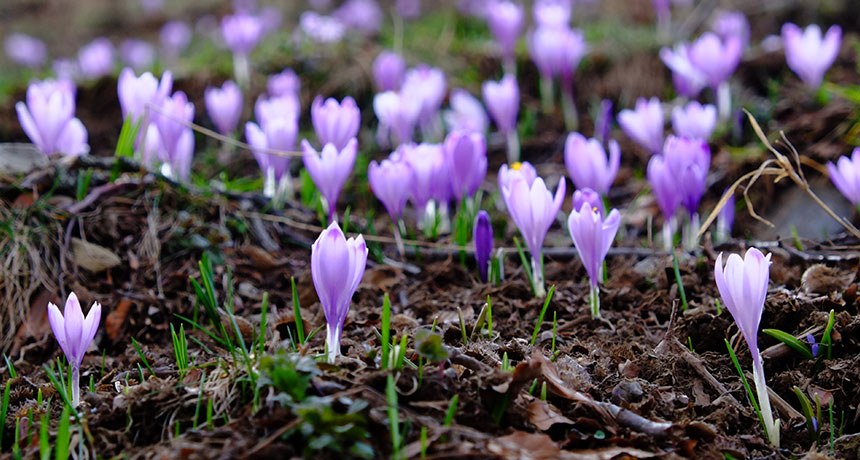Earlier blooming intensifies spring heat waves in Europe
Effect, caused by climate change, dwindles by summer, simulation suggests

SPRING FORWARD The early arrival of springtime flowers and leaves due to climate change amplifies the intensity, frequency and duration of heat waves in Europe, new research suggests.
Dren Pozhegu/Flickr (CC BY-NC 2.0)






